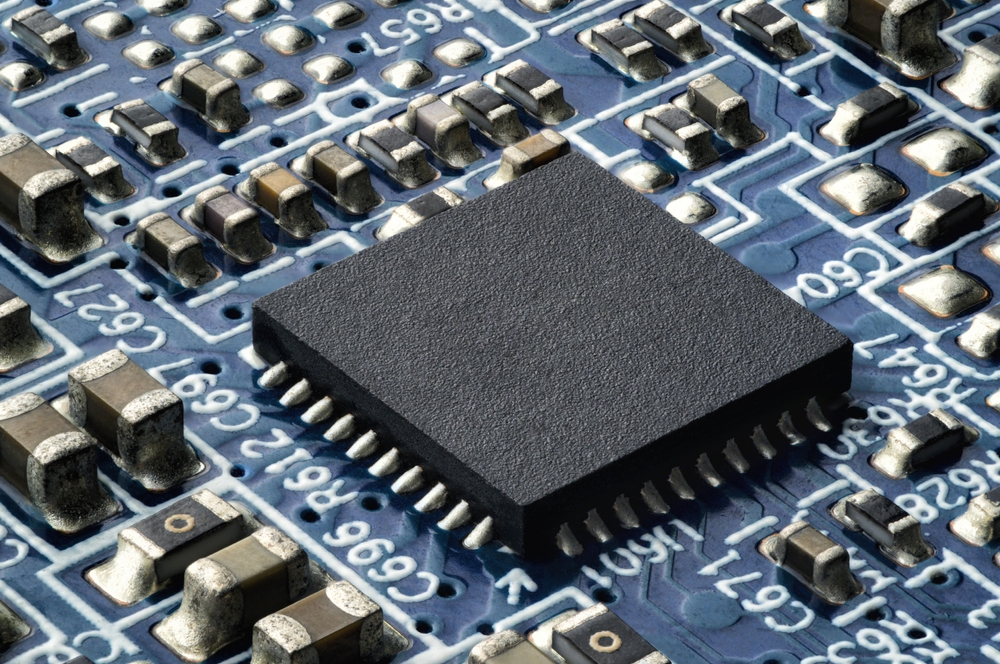New materials can be used as thermoelectric semiconductors in wearable devices by using techniques that focus on manipulating spaces between atoms in crystals.
Researchers at Queensland Institute of Technology have used “Vacancy Engineering” to enhance the capabilities of AGCU semiconductors, an alloy made up of silver, copper, tellurium, selenium and sulfur, converting body heat into electricity.
Vacancy engineering is the study and manipulation of empty spaces or “vacancies” in crystals that lack atoms, affecting the properties of a material, such as improving mechanical properties, optimizing electrical conductivity, or optimizing thermal properties.
The new research details the process of creating synthesized flexible thermoelectric semiconductors via simple and cost-effective melting methods.
Precise control of material’s atom shortages not only improved its ability to convert heat to electricity, but also gave the material excellent mechanical properties. This means that it can be shaped in a variety of ways to adapt to more complex, practical applications.
Improved thermal to electrical conversion in semiconductors
To demonstrate the practical application of materials, researchers have designed several different micro-inflexible devices based on materials that can be easily attached to a person’s arm.
Li said the study addressed the challenge of improving the thermoelectric conversion capabilities of AGCU semiconductors, a desired property of wearable devices.
“Thermoelectric materials have attracted extensive attention over the past decades in light of their unique ability to convert heat into electricity without generating pollution, noise, and without the need for moving parts,” explained Nanhai Li, the first author of the study.
“As a continuous heat source, the human body produces a certain temperature difference from its surroundings, and when you exercise, it creates more heat and temperature difference between the human body and the environment.”
Promotes the growing demand for thermoelectric materials
The rapid advances in flexible electronics have led to a significant increase in the demand for flexible thermoelectric devices, and QUT researchers have been at the forefront of research in this field.
In another recent study, researchers at the ARC Research Hub in Carbon Neutral Zero-Emission Power Generation have developed an ultra-thin, flexible film that can use body temperature to power next-generation wearable devices and eliminate the need for batteries.
Professor Zhi-Gang Chen said from the hub of the ARC Research Hub, co-author of Carbon Neutral Zero Emissions Power Generation and Research:
“Mainstream flexible thermoelectric devices are currently manufactured using inorganic thin film thermoelectric materials, organic thermoelectric materials deposited on flexible substrates, and hybrid composites of both.
“There are limitations on both organic and inorganic materials. Organic materials typically perform less, while inorganic materials provide better conductivity for heat and electricity, but are usually brittle and inflexible.
Chen concluded: “The type of semiconductor used in this study is a rare inorganic material with outstanding potential for flexible thermoelectric performance.
“However, the underlying physics and chemical mechanisms for improving its performance while maintaining exceptional plasticity have remained largely unexplored.”
Source link

